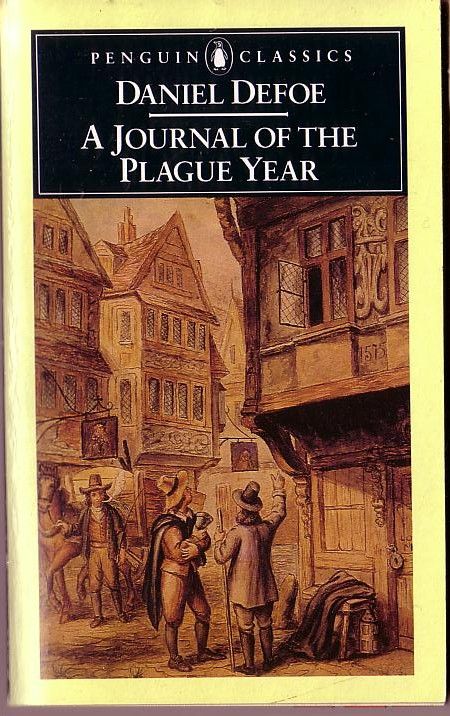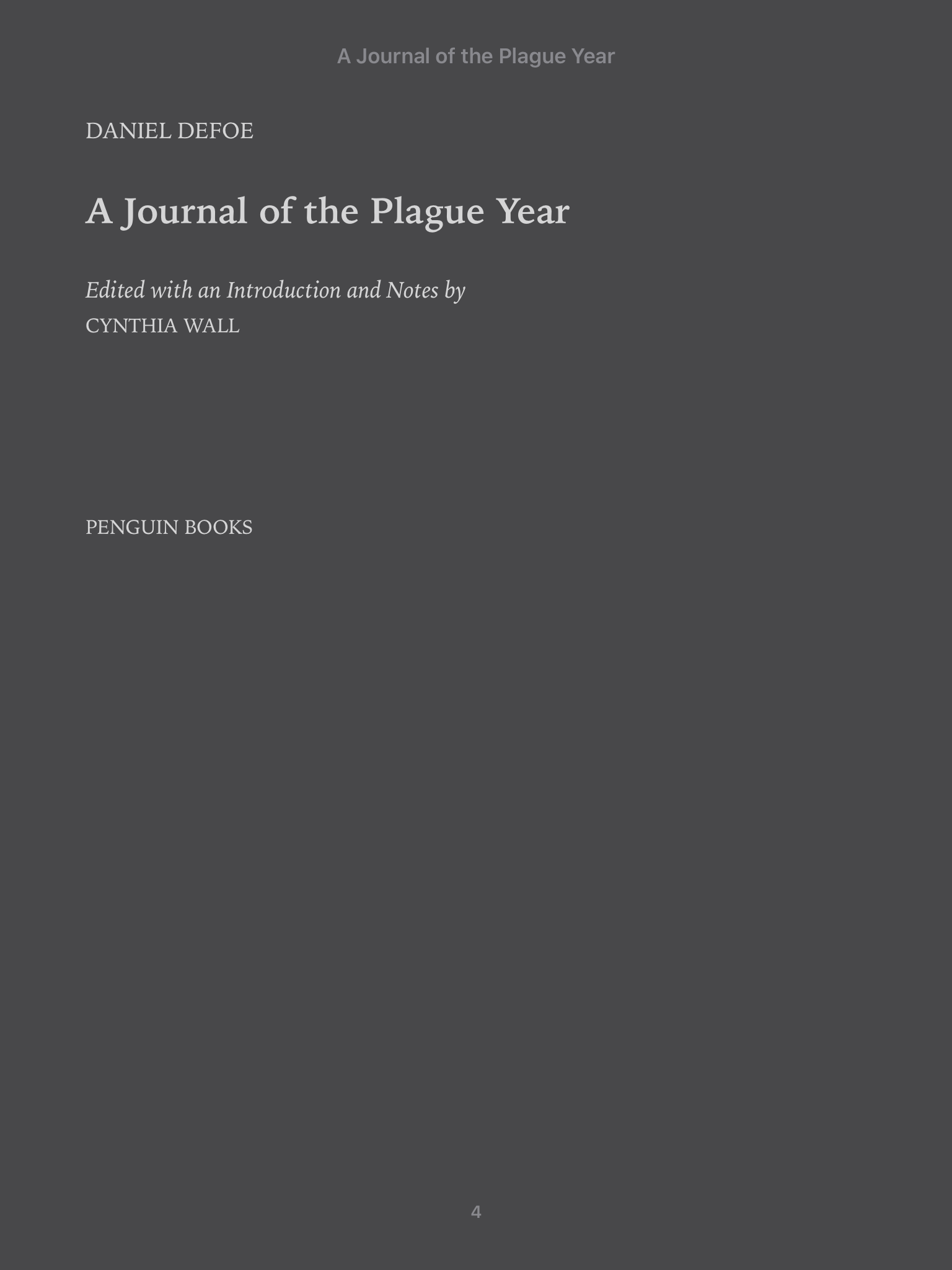Tengo Jabavu: A Life Interrupted
Tengo Max Jabavu belonged to a generation born at the narrowing edge of South African
About a third of the way into the narrative Daniel Defoe’s book, A Journal of the Plague Year, published in 1722, its narrator H. F., a saddler in London of 1665 says: ‘I have by me a Story of two Brothers and their Kinsman’.

He does not return to the story for a long while, dwelling in the meantime primarily on the pros and cons of quarantine, on his own self-enclosure and the unendurability of being enclosed, and centering on the dreadful fascination with the great burial pit he so wished to see at the pain of his own death if it must: If I perish I perish! He records that he ‘went all the first Part of the Time freely about the Streets, tho’ not so freely as to run my self into apparent Danger, except when they dug the great Pit in the Church-Yard of our Parish of Algate; a terrible Pit it was, and I could not resist my Curiosity to go and see it’. Note the conjunction: ‘and I could not resist’. Why not ‘but’? Because the two impulses are connected, not separate. It’s all part of why he stayed in the City at all – not because he needed to mind the shop (plenty of shopkeepers left the city); not just because his bibliomancy points that way, when he opens the bible randomly for guidance – he berates the foolish ‘Turkish’ fatalism of others; but because he is an Observer at heart, one who needs to see and determine for himself: ‘But tho’ I confin’d my Family [his servants], I could not prevail upon my unsatisfy’d Curiosity to stay within entirely my self; and tho’ I generally came frighted and terrified Home, yet I cou’d not restrain’.

H. F. finally returns (twice) to his story of the three men – a ‘Biscuit-Baker’, a ‘Sail-Maker’ and the other a ‘Joiner’: ‘I say, this brings me back to the three poor Men, who wandered from Wapping, not knowing whether to go, or what to do’. After a brief digression--the book is replete with digressions upon digression as if the narrator and the author couldn't help commenting live on his own observations and comments--on the ‘Sleepiness and Security’ of some benighted citizens, and of the grisly necessity of killing the dogs and cats, he ‘come[s] back [again] to my three Men’. They have now become his – because for the next thirty pages they occupy the longest sustained internal story of the entire narrative.
These three resourceful tradesmen find a way out. In the centre of a claustrophobic text, their story offers the brief relief of linear plot: they tramp through the countryside, they devise Robinson Crusoe-esque dwellings, they negotiate with hostile natives, and they beat the system. The interpolated narrative concludes with a summary of people who ‘got little Sheds, and Barns, and Out-houses to live in’… and others who ‘built themselves little Hutts and Retreats in the Fields and Woods, and liv’d like Hermits in Holes and Caves’ – supplying further openings in the text of claustrophobia, further spaces of imaginative retreat. The Tale of the Three Men offers H. F. the greatest hopeful story of survival, and it offers the reader the most familiar narrative pattern.
But Defoe refuses to let us rest too comfortably. The next spatial break in the text are the lines carved in a gate near one of these escape-huts:
O misery!
We Both Shall Dye,
Woe, Woe
So much for the freedom of the countryside; this mementomori reminds us of the other likely ways the story could have ended.
This ‘novel’ is not about simple answers. Whatever consistency it keeps lies in the paradox of H. F. and his stories of shut-up houses and escapes: death lies on both sides of doors and windows and streets, on both ends of the city, on the consequences of either decision.

This is a world of corpses strewn in streets and pits, yet in the deadcart itself a drunken piper wakes up to cry, “But I an’t dead tho’, am I?’. The plague makes death more overtly embedded in life than we usually grant it to be, except in our own particular stories. We feel the anxiety, the dread of our friend H.F. as he takes us through the streets of death in London. Fear and tremble he knows but the power of curiosity is greater than these, he can't help the writer's need to go observe, because that is what he, quintessentially, is, an observer. Sometimes he fears for us regarding horrible things he needs to share with but feels compelled to be totally honest even if this '...shock you to death'
More and more people recover by the end; yet the narrator is pre-buried by his own text: ‘N.B. The Author of this Journal, lyes buried in that very Ground, being at his own Desire, his Sister having been buried there a few Years before’. And this just a few pages before H. F. declares himself triumphant over this plague, ‘Which swept an Hundred Thousand Souls/Away; yet I alive!’. The narrative pattern Defoe chooses for his Narrator plays upon the paradox of both/and: each image, each story, each fact, swings both ways, permitting conflicting interpretations. This text – full of facts, full of documents – maps itself out on contradictions and difficulties, like a catalogue of signs, must be read.
The plague teaches H. F. and the citizens of London how to read; to observe and listen as life renews itself through death. Perhaps it should be against some law that a book on such tragic a topic should be so alive with humour and life, but it is. And for that we thank the triumphant human spirit so obvious at work on Defoe. It gives hope that, in the end, some of us will survive to tell our story beyond this Corona virus cloud.